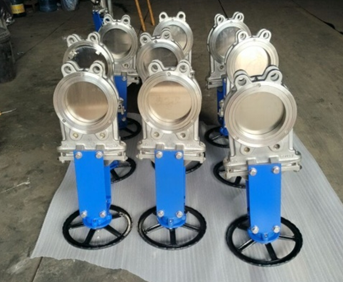swing flap check valve
Understanding Swing Flap Check Valves A Comprehensive Overview
In the world of fluid mechanics and piping systems, check valves play a crucial role in maintaining the efficiency and safety of various operations. Among these, swing flap check valves are particularly notable due to their unique design and functionality. This article delves into the intricacies of swing flap check valves, their applications, advantages, and operational principles.
What is a Swing Flap Check Valve?
A swing flap check valve is a type of one-way valve used in piping systems to prevent reverse flow. It operates using a hinged flap that swings open when fluid flows in the desired direction and closes automatically when the flow reverses. This design ensures that fluids, whether gases or liquids, move in only one direction, thereby protecting pumps, compressors, and other equipment from potential damage due to backflow.
Design and Structure
The structure of a swing flap check valve is relatively simple yet effective. It comprises a valve body, an internal flap, and a hinge. The flap is typically constructed from durable materials such as stainless steel, bronze, or PVC, making it resistant to corrosion and wear. When fluid enters the valve, it pushes the flap open against the force of gravity and spring tension. As soon as the forward flow ceases or reverses, the flap falls back into a closed position, creating a seal that prevents fluid from moving backward.
Applications
swing flap check valve

Swing flap check valves are commonly used in various applications across different industries. They are particularly popular in
1. Water Supply Systems To prevent contamination and backflow in municipal water systems. 2. Wastewater Treatment Facilities To ensure that treated water does not flow back into the treatment tanks. 3. Pumping Stations To safeguard pumps from damage caused by reverse flow. 4. Chemical Processing To avoid cross-contamination in chemical pipelines.
Advantages of Swing Flap Check Valves
One of the primary advantages of swing flap check valves is their simplicity. With fewer moving parts compared to other check valve types, they offer reliability in operations. Additionally, their lightweight design allows for easy installation and minimal maintenance. Swing flap check valves also provide a high flow rate, making them suitable for various applications where fluid dynamics are critical.
Moreover, these valves are less likely to create pressure drops compared to other styles such as lift check valves. This characteristic can contribute to energy savings in systems where pressure is a critical factor. Their ability to operate quietly also makes them an ideal choice for installations in residential or noise-sensitive environments.
Conclusion
In conclusion, swing flap check valves are essential components that enhance the efficiency and safety of fluid systems across various industries. Their design simplicity, effectiveness in preventing backflow, and adaptability to different applications make them a favored choice among engineers and system designers. Understanding the operation and benefits of swing flap check valves is crucial for anyone involved in the design, construction, or maintenance of piping systems, ensuring that water and other fluids flow smoothly and safely in the desired direction. As industries continue to evolve, the importance of reliable check valves will only grow, solidifying the swing flap check valve's place in modern engineering solutions.
-
The Key to Fluid Control: Exploring the Advantages of Ball Valves in Industrial SystemsNewsJul.09,2025
-
The Versatile World of 1, 2, and 3 Piece Ball ValvesNewsJul.09,2025
-
Stainless Steel Ball Valves: The Ideal Choice for Efficient Flow ControlNewsJul.09,2025
-
Optimizing Fluid Control with Ball Float ValvesNewsJul.09,2025
-
Manual Gate Valves: Essential for Control and EfficiencyNewsJul.09,2025
-
Everything You Need to Know About Butterfly ValvesNewsJul.09,2025
-
The Versatility of Wafer Type Butterfly ValvesNewsJul.08,2025




